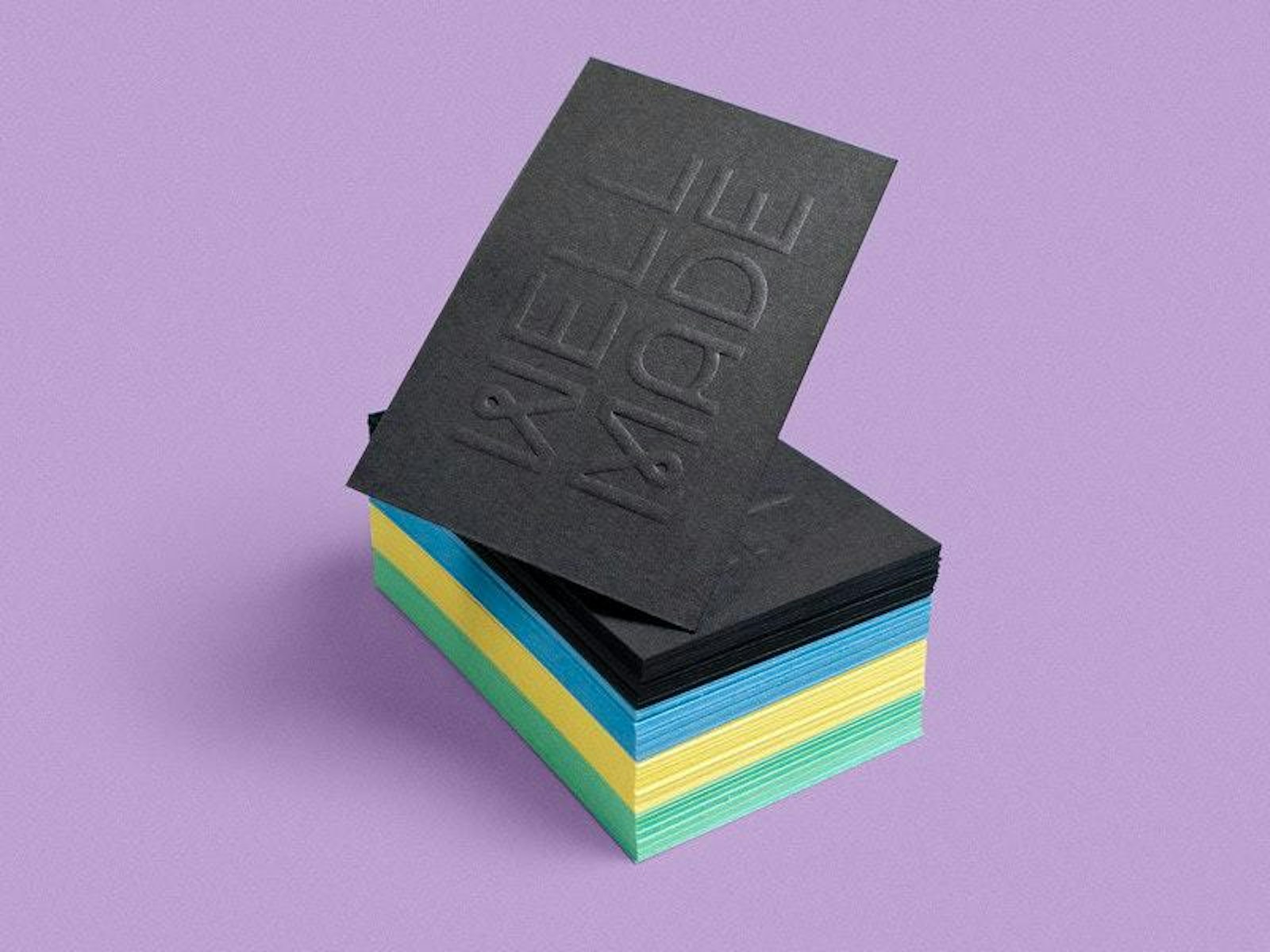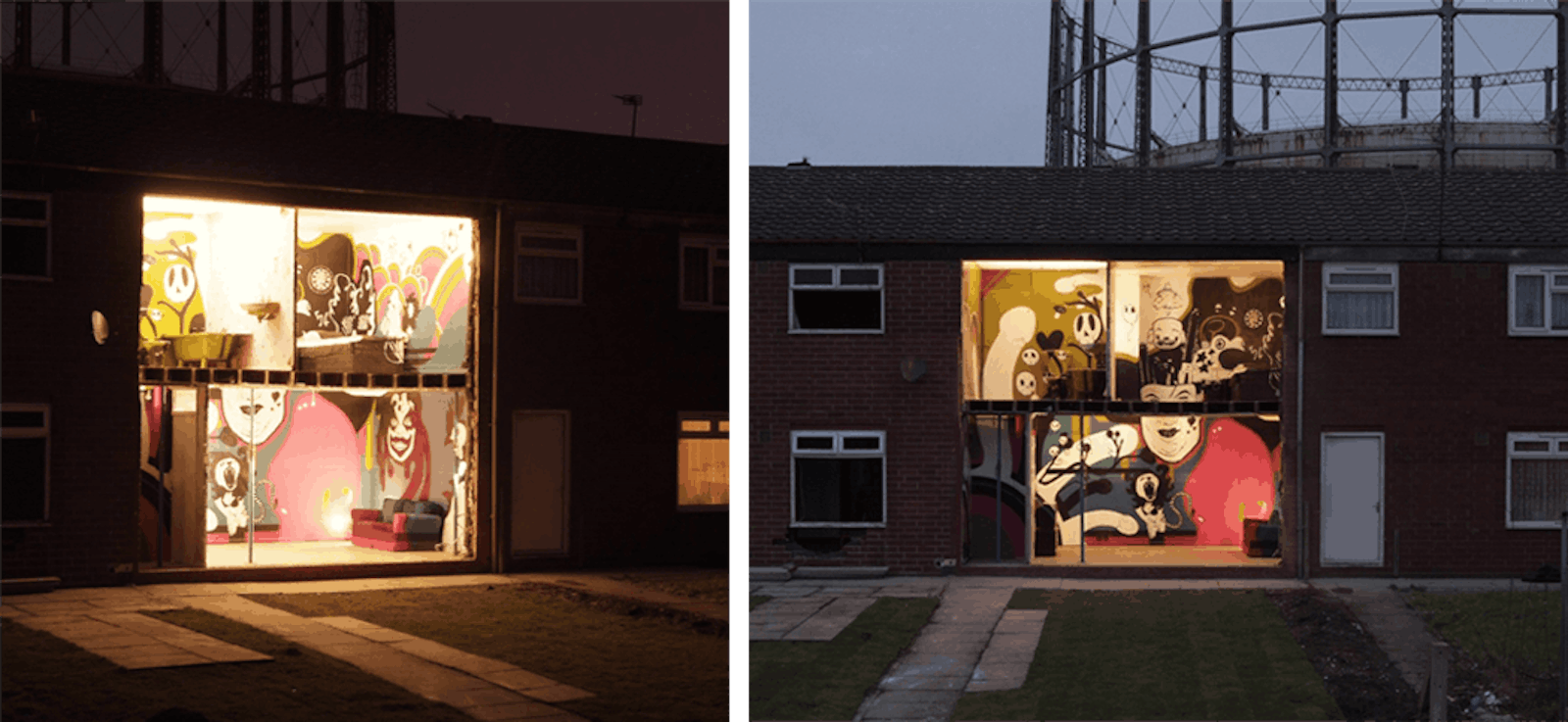Taking content seriously with content strategist at Dare, Gemma Germains
As a content strategist at creative company, Dare, Gemma Germains spends her days spotting trends and patterns in data to make sure that the content they produce is stellar. “We’re UX-focussed content specialists doing research-driven work. I get thrills every time I say it,” she shares. Previously, Gemma ran studio Well Made with friends for over a decade before joining Dare on a contract. At the time, the company didn’t yet have a content department, so Gemma decided to build one. And she’s been there ever since. Here, Gemma tells us about the journey she took to get here; why her ego is both her biggest ally and hindrance; and tells us the skills shared by the very best content strategists.

Gemma Germains
Job Title
Senior Content Strategist, Dare (2017–present)
Based
Liverpool and London
Previous Employment
Founding Partner, Well Made Studio (2008–2017)
Education
BA Media & Cultural Studies, John Moores University (2000–2005)
Website
Day-to-Day
How would you describe your job?
Strip the content out of this page and what have you got? Nothing. That’s why people need content strategists. But if you replaced it with thoughtless, unstructured content you’d still have a rubbish experience. That’s the point of content strategy.
I do a lot of research and mapping. I can spend hours trawling through data to find patterns in how content is performing. I prototype and test content. Sometimes I even do a bit of copywriting.
“It was a struggle to make [agencies] understand that content strategy isn’t writing a load of pet-food tweets.”
What does your typical working week look like?
I split my time between London, Birmingham and Liverpool – working four days in London despite living in Liverpool.
I spent years championing Liverpool as a creative city. There’s a big discourse about the skills gap in the North West but I think it’s more of an opportunity gap.
The irony is, it’s more efficient for me to work in London than to commute to Manchester or Leeds (cities with a thriving creative scene). You only realise how intense the North South divide is when you’re on the other side. The North is crying out for London’s connectivity.
There’s talent in the North, it’s apparent when you look at what Golden, Studio DBD, Music and Coop Digital are doing (there are plenty others). It’s the infrastructure that’s lacking. Liverpool and Manchester can’t build a relationship when it takes at least 90 minutes to travel between them. Creative camaraderie isn’t built on remote working.






